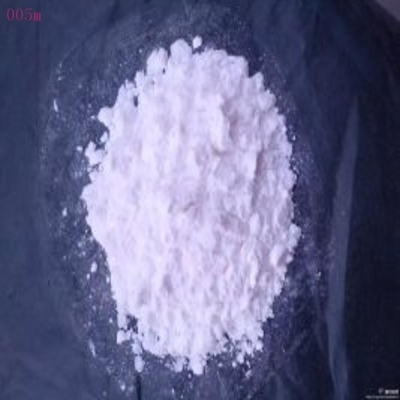-
Categories
-
Pharmaceutical Intermediates
-
Active Pharmaceutical Ingredients
-
Food Additives
- Industrial Coatings
- Agrochemicals
- Dyes and Pigments
- Surfactant
- Flavors and Fragrances
- Chemical Reagents
- Catalyst and Auxiliary
- Natural Products
- Inorganic Chemistry
-
Organic Chemistry
-
Biochemical Engineering
- Analytical Chemistry
-
Cosmetic Ingredient
- Water Treatment Chemical
-
Pharmaceutical Intermediates
Promotion
ECHEMI Mall
Wholesale
Weekly Price
Exhibition
News
-
Trade Service
In 1799, the famous German geologist Alexander von Humboldt wrote: "Science can only progress by combining all the phenomena on the earth.
Over the years, researchers have tried to combine geology, biology, medicine and cutting-edge microscope technology to explore the secrets of kidney stone formation.
▲Cross section of human kidney stones (picture source: reference [1])
▲Cross section of human kidney stones (picture source: reference [1])Kidney stones are deposits in the urinary system that affect more than 12% of people worldwide.
Although painful, the beauty of this stone is beyond many people's imagination.
▲Fluorescence microscope images of human kidney stone slices, showing the complex history of crystal growth, delamination, fracture, dissolution and recrystallization (picture source: reference [1])
▲Fluorescence microscope images of human kidney stone slices, showing the complex history of crystal growth, delamination, fracture, dissolution and recrystallization (picture source: reference [1])Professor Bruce Fouke is a geologist at the University of Illinois Urbana-Champaign.
Recently, this research team collaborated with researchers from Mayo Clinic to publish a paper in Nature Reviews Urology under the umbrella of Nature, detailing the various stages of the kidney stone deposition process.
▲Integrating new technologies in the fields of geology, biology, medicine and omics (picture source: reference [1])
▲Integrating new technologies in the fields of geology, biology, medicine and omics (picture source: reference [1])Kidney stones are formed in the same way as geological stones in nature.
"When we identify these crystalline phase transformations, what makes it from one step to the next and how it progresses, then maybe we can break the chain of chemical reactions that occur within the kidney tissue, thereby Intervene in this progress before the stone becomes problematic," said Dr.
▲The continuous crystalline layer formed in human kidney stones is very similar to the agate in natural volcanic rock sediments (picture source: reference [2]; Credit: Mayandi Sivaguru)
▲The continuous crystalline layer formed in human kidney stones is very similar to the agate in natural volcanic rock sediments (picture source: reference [2]; Credit: Mayandi Sivaguru)A particularly enlightening discovery was in the initial stage of kidney stone formation: at the beginning, the stones were just small round mineral microspheres (microspherules), similar to the small spheres formed by agate in natural volcanic rock sediments.
Researchers have found that at least 50% of the volume of stones has naturally undergone multiple cycles of partial dissolution and recrystallization, thus forming an iconic layered crystal pattern, which is very similar to agate, coral skeleton and hot spring sediments.
"Looking at the cross-section of a kidney stone, you would never guess that each layer was originally formed by a bunch of small balls arranged and fused.
After understanding the process of kidney stone formation, the study authors outlined several possible clinical interventions and treatment goals, from drug targets to changes in diet or supplements, which may disrupt the chemical and biological cascades that drive kidney stone formation.
In order to test, the research team also developed a microfluidic detection box called "GeoBioCell" designed to simulate the intricate internal structure of the kidney.
Note: The original text has been deleted
Reference materials:
Reference materials:[1] Sivaguru, M.
[1] Sivaguru, M.
[2] Geology helps map kidney stone formation from tiny to troublesome.
[3] Kidney Stones Are More Beautiful Than You Might Think.
Retrieved September 18, 2020, from https://







